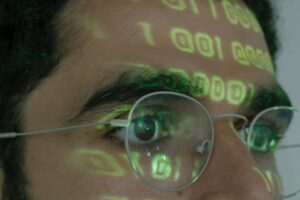Don’t accidentally hire a North Korean hacker, FBI warns

source: theguardian.com | image: pexels.com
Employing remote IT workers who are secretly working for Kim Jong-un’s regime poses risks and may breach sanctions, say US agencies
US officials have warned businesses against inadvertently hiring IT staff from North Korea, saying that rogue freelancers were taking advantage of remote work opportunities to hide their true identities and earn money for Pyongyang.
An advisory issued by the state and treasury departments and the FBI said the effort was intended to circumvent US and UN sanctions, and bring in money for North Korea’s nuclear weapons and ballistic missile programs. The officials said companies who hired and paid such workers may be exposing themselves to legal consequences for sanctions violations.
Continue reading “Don’t accidentally hire a North Korean hacker, FBI warns”







